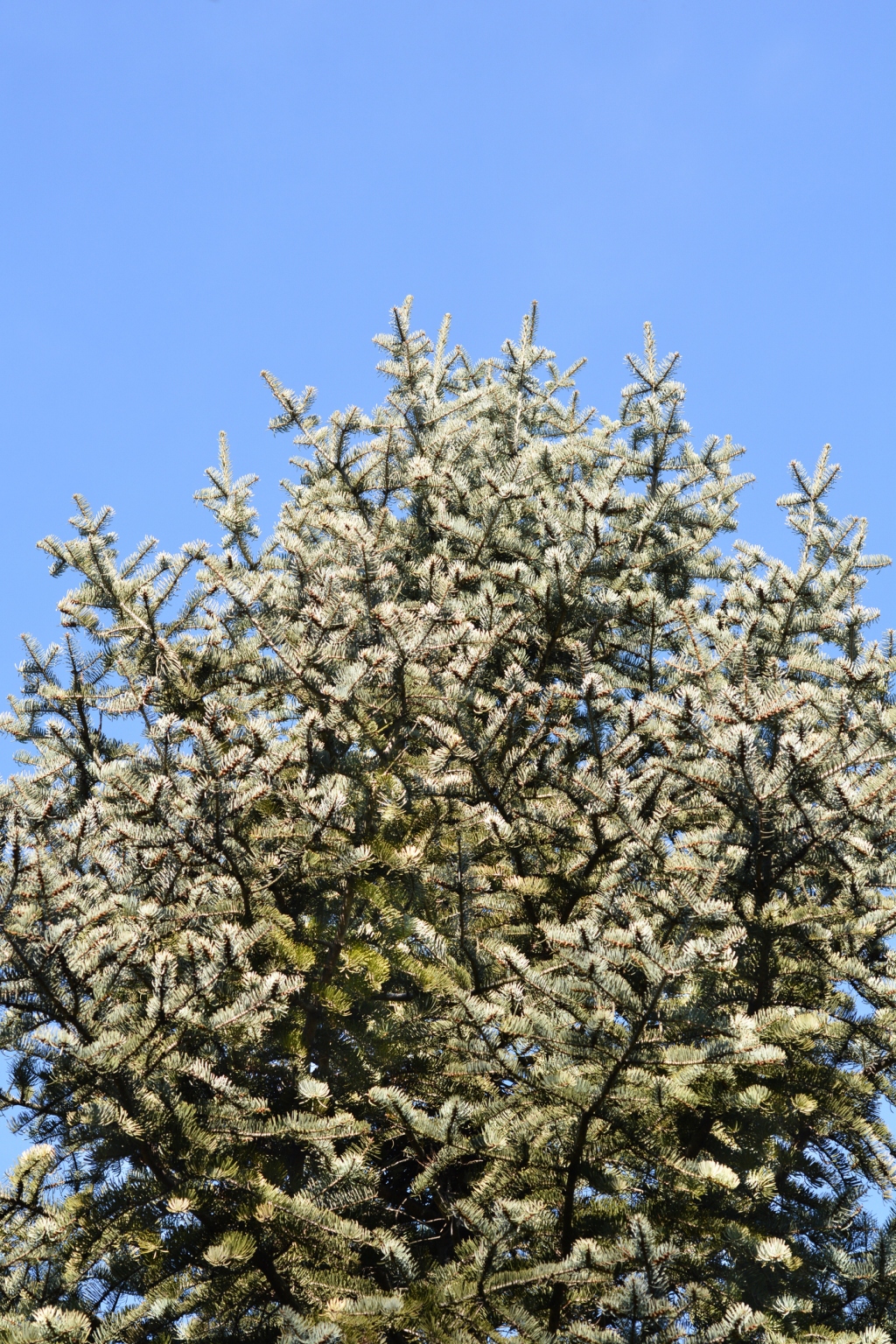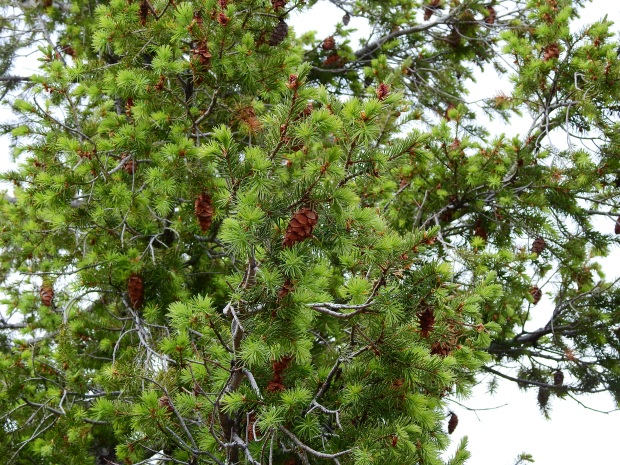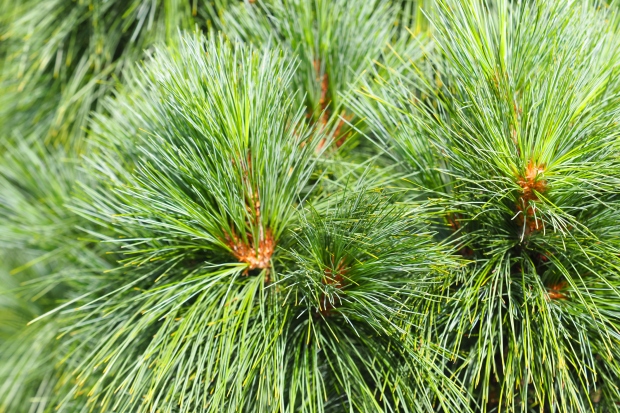When the Christmas season arrives, finding a beautiful Christmas tree is a top priority for many. However, while a typical Christmas tree has a specific set of common characteristics, there are a surprising amount of Christmas tree varieties for you to choose from. This article will introduce you to some of the most popular ones so that you can decide which is best for you.
Balsam Fir, Abies balsamea
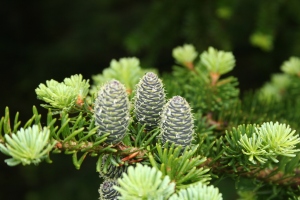
The balsam fir is one of the most popular Christmas tree varieties. The main reasons for that popularity are this tree’s nearly perfect shape, dark green needles, and iconic Christmas tree scent. The only downside to the balsam fir is that it can drop its needles somewhat quickly. But with the right care, it should last for at least a month.
Pros:
- Balsam firs have a great Christmas tree fragrance.
- The needles have a lovely dark green color.
- Balsam firs have a classic Christmas tree shape.
Cons:
- The needles can drop quickly.
Fraser Fir, Abies fraseri
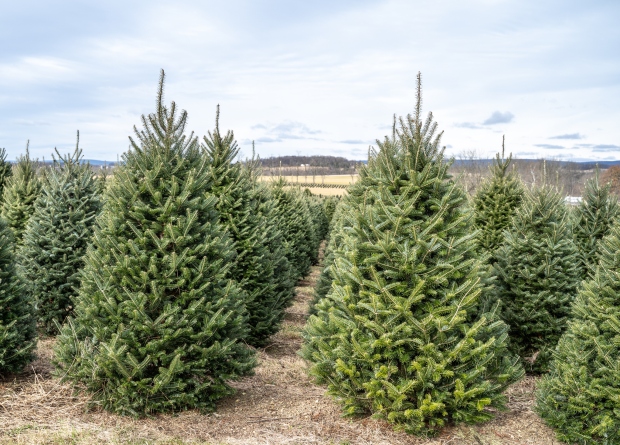
The Fraser fir is another fantastic Christmas tree option from the fir tree genus. Although it may not have foliage as dense as other fir trees, the Fraser fir makes up for that lack of density by remaining sturdy and holding its needles for a long time. Fraser firs are also a great option for anyone who is in need of a larger Christmas tree.
Pros:
- The needles hold for a long time.
- Fraser firs have sturdy branches.
- Fraser firs are a great option if you want a large tree.
Cons:
- The foliage is not as dense as other options.
